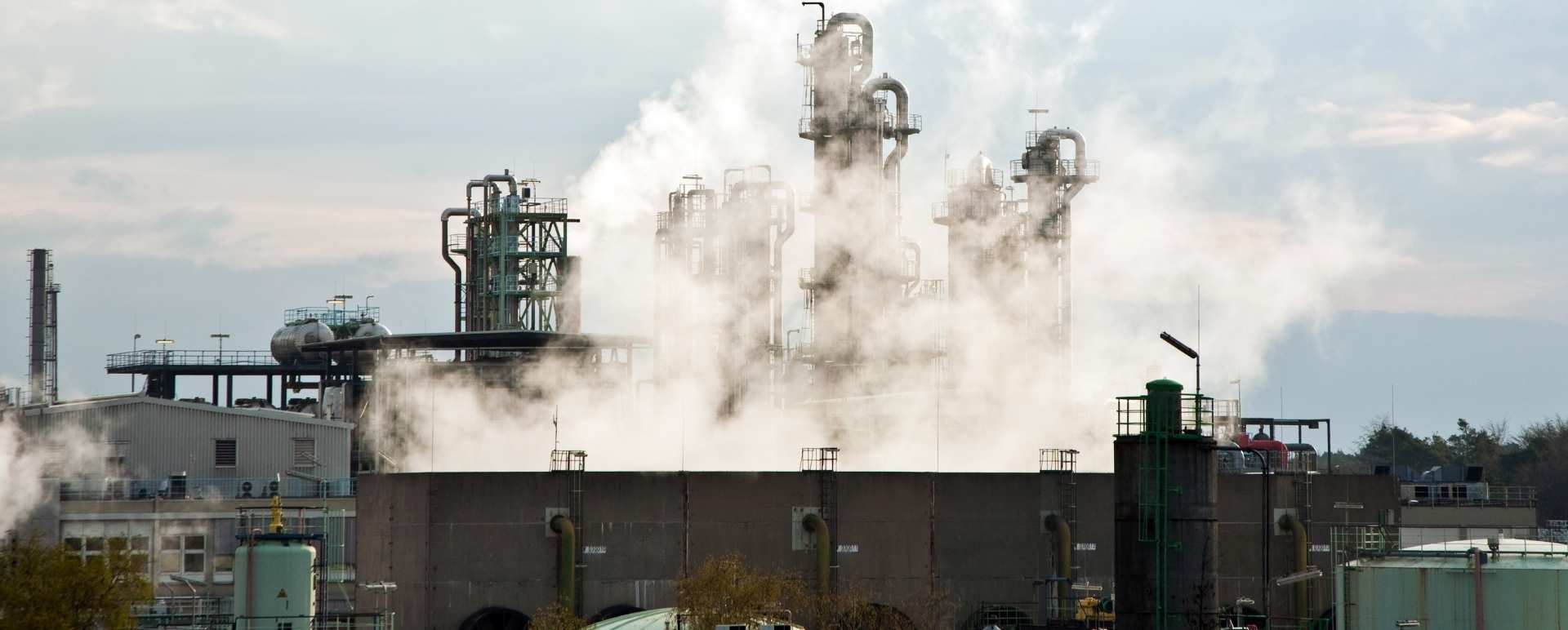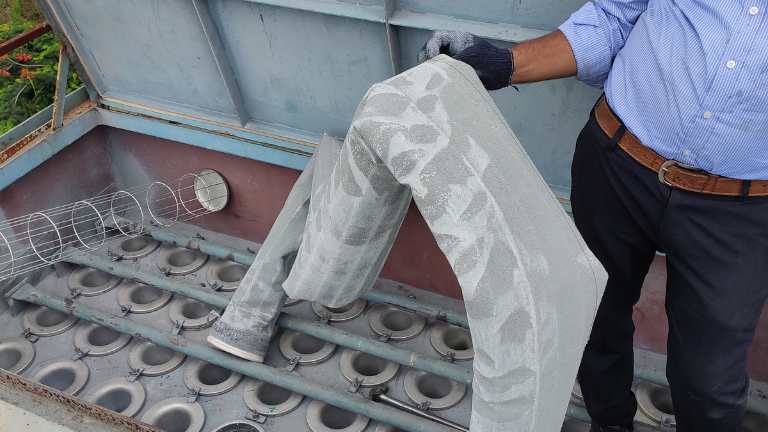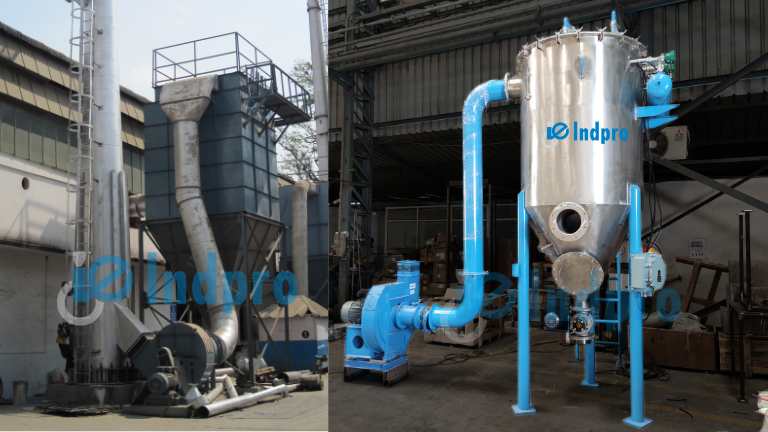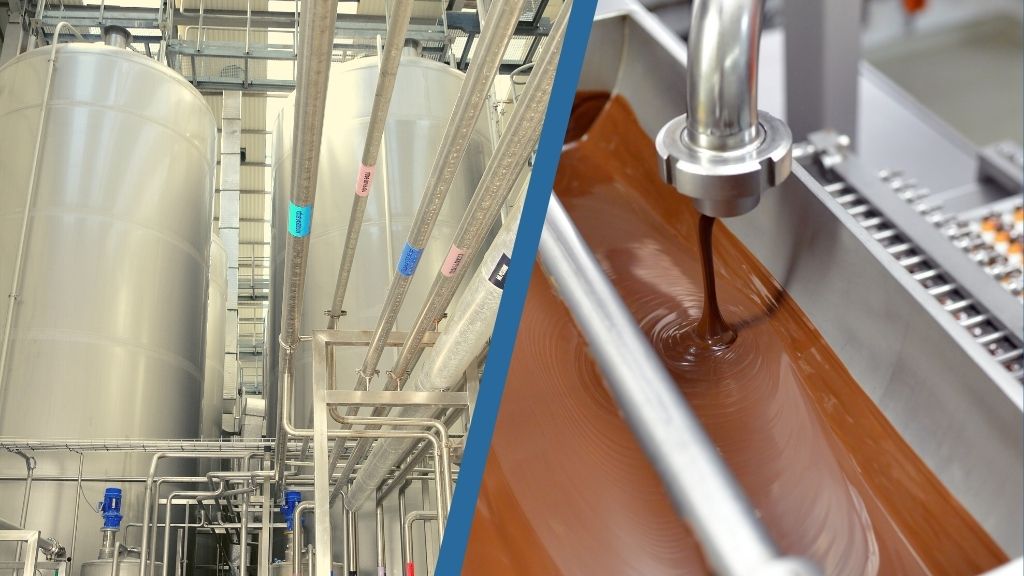How to Choosing the Right Industrial Dust Control System
Choosing the Right Industrial Dust Control System :
A Comprehensive 10 Step Process
When it comes to maintaining a healthy and safe working environment in a process industrial setting, the implementation of an appropriate dust collection system plays a crucial role. Industrial dust can pose serious health risks for workers and equipment if left unmanaged. In this blog, we will explore the factors that should be considered when choosing an industrial dust control system. By understanding the specific requirements of your application, the characteristics of different types of dust, and the various aspects of dust control systems, you can make an informed decision that ensures the well-being of your workforce and the longevity of your equipment.
1. What is your application?
Before diving into the intricacies of dust control systems, it is important to assess the specific needs of your application. Different industries have different levels of dust generation, types of dust, and environmental considerations. Whether you work in mining, woodworking, or manufacturing, understanding your application will help you determine the appropriate dust control solution. For example, a chemical industry facility may require a dust control system with high filtration capabilities for fine particles released during material handling, blending, or packaging processes, to maintain a clean and safe atmosphere within the facility. The emphasis on product recovery and minimization of emission levels could be crucial. On the other hand, in pharmaceutical industries, the dust control system may require a stringent clean-in-place arrangement to ensure the equipment is clean during batch changeovers.

2. What is dust and what characteristics do different types of dust have?
To effectively manage dust, it is essential to understand its composition and characteristics. Dust particles vary in size, shape, and chemical composition, which affects their behavior and potential hazards. For instance, silica dust, commonly found in construction and mining industries, is known to cause respiratory health issues. By identifying the specific characteristics of dust generated in your application, you can choose a dust control system that effectively captures and manages those particles. Some dusts are sticky in nature & require special filter element cleaning systems where a simple ‘pulse-jet’ would not suffice. Analyzing the dust properties is essential for selecting the right system configuration.

3. Size of dust collector
The size of the dust collector is an important factor to consider to ensure optimal dust control. A dust collector that is too small may not have sufficient capacity to handle the volume of dust generated, leading to inefficient performance and potential safety concerns. On the other hand, an oversized dust collector may result in unnecessary energy consumption and increased upfront costs. By accurately assessing the dust generation rate in your application, calculating the air volume in cubic feet per minute (CFM) is essential for determining the appropriate size of the dust collector.
4. Dust generation rate per cubic feet
To properly size the dust control system, it is crucial to understand the rate at which dust is generated in your facility. By measuring the dust generation rate per cubic feet, you can estimate the overall dust generation and select a dust control system that can handle the expected flow. This data also helps in determining the frequency of maintenance and filter replacements, ensuring the consistency and efficiency of your dust control system.
5. Setup location of the dust collector
The placement of the dust collector plays a significant role in its effectiveness. A well-thought-out location ensures optimal collection of dust particles and minimizes the dispersion of airborne contaminants within the facility. Additionally, considering access for maintenance and ease of filter replacement is crucial when selecting the setup location for the dust collector. By strategically placing the dust collector in areas where dust is generated or concentrated, you can minimize the risk of dust accumulation and improve the overall performance of the system. A strategic placement also optimizes the routing of the dust collection ducting.
6. Indoor dust collector or outdoor dust collector
The decision to opt for an indoor or outdoor dust collector depends on various factors, such as available space, environmental conditions, and specific industry requirements. Indoor dust collectors are typically used when product recovery is important to the process and space is not a constraint. On the other hand, outdoor dust collectors are suitable for applications where large volumes of dust are generated or where space is a constraint. By evaluating the specific needs of your facility, you can determine whether an indoor or outdoor dust collector is the right choice for your dust control needs.

7. Installation requirements
To ensure the proper functioning of the dust control system, it is essential to consider the installation requirements. This includes evaluating the available utilities, such as electricity and compressed air, which are necessary for the operation of the system. Additionally, understanding the space requirements, such as the height, width, and clearance, will assist in selecting a dust collector that can be easily accommodated in your facility. Evaluating the installation requirements will help you avoid any potential challenges or delays during the setup process.
8. Understand the working principles of dust collectors based on their types
Different types of dust collectors utilize varying mechanisms to capture and separate dust particles from the air. It is important to understand the working principles of dust collectors to select a system that aligns with your needs. Baghouses filter, cartridge filter, cyclone separators, Pulse jet filter, electrostatic precipitators and wet scrubbers are some of the common types of dust collectors. Every category comes with its unique set of advantages and limitations. By gaining a comprehensive understanding of these mechanisms, you can choose a dust collector that best suits your application and maximizes dust control efficiency.
9. Value for money
While cost is an important consideration, it should not be the sole deciding factor when selecting a dust control system. Evaluating the value for money involves considering factors such as initial cost, maintenance requirements, energy efficiency, and lifespan of the equipment. A dust control system that may have a higher upfront cost but offers better filtration efficiency and longer lifespan can result in cost savings in the long run. Balancing the initial investment with long-term benefits will help you make a financially sound decision.
10. What kinds of support do you expect from your dust collector after\-sales service?
The after-sales service and support provided by the dust collector manufacturer should not be overlooked. When selecting a dust control system, consider the level of technical support, availability of replacement parts, and warranty offered by the manufacturer. A reliable after-sales service ensures that any issues or concerns with the dust control system can be promptly addressed, minimizing downtime, and maximizing the performance of your dust control solution.
Choosing the right dust control system for your industrial application is crucial for maintaining a safe and healthy work environment. By considering factors such as your specific application, dust characteristics, sizing requirements, setup location, type of dust collector, installation requirements, working principles, value for money, and after-sales support, you can make a well-informed choice that aligns with your specific requirements. Remember, investing in an effective dust control system not only protects the well-being of your workforce but also ensures the longevity and productivity of your equipment. So, take the time to evaluate these factors and choose a dust control system that will safeguard both your employees and your business.



